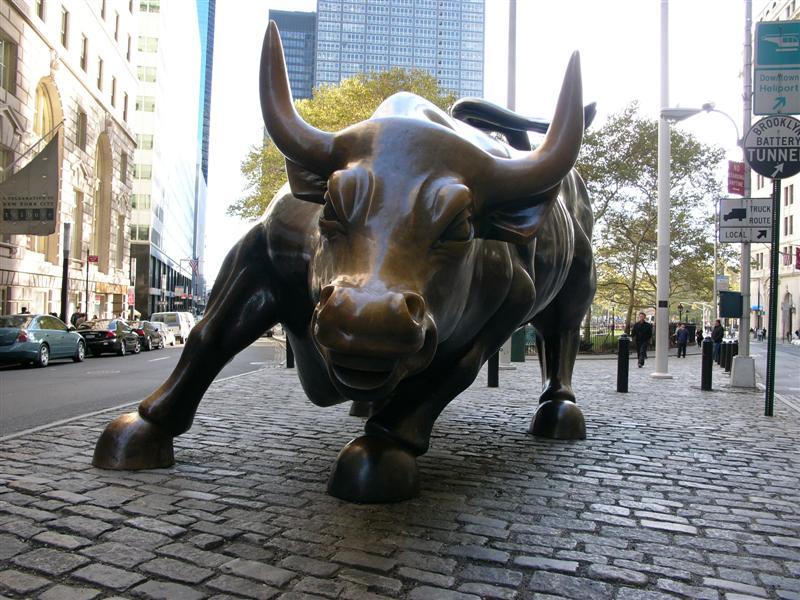… Gilded tombs do worms enfold. Had Shakespeare written that today it could well have been a reference to the world of credit rating agencies. The reasons for the Global Financial Crisis are murky at best. What does it take to reduce huge financial institutions to bankruptcy, necessitate the bailout of nations, cause stock markets and asset prices to plunge, and grind global growth to a stall?
One explanation, which in light of recent revelations is gaining traction, is the role of credit rating agencies. We all know the Big Three (Standard & Poor’s, Moody’s, and Fitch) massively underestimated the risk associated with mortgage-backed securities (MBSs), but a much more insidious story was revealed last month by journalist Matt Taibbi.
Damning evidence has come to light that these agencies knew what they doing when they gave toxic assets favorable ratings. It confirms what have long been merely accusations, rumors from behind closed doors. A San Diego based law firm has gathered incriminating evidence from emails between top executives and analysts of the Big Three admitting to selling high ratings for money.
How The System Works
The Big Three ratings agencies are certified and regulated by the U.S. government. S&P, Moodys and Fitch are the only 3 allowed to rate securities in the U.S. This creates an oligopoly market: no other firms are allowed to compete.
These agencies rated securities that were backed by mortgages (Mortgage Backed Securities – MBSs), so if you owned one of these securities, your interest payments came from a pool of other people’s mortgage payments. The robustness of the MBS depends on the robustness of the pool of mortgages behind it. Ratings agencies rated how safe these pools of mortgages were. AAA being the highest rating meant that the risk of default was almost negligible. CCC the lowest indicated a strong risk of default.
Furthermore, a series of U.S. laws forced certain participants in the financial market to only buy securities of a certain credit worthiness as rated by the Big Three. That included insurance companies, pension plans (the largest institutional investors in the market), and mutual funds.
So this leaves us with S&P, Moody’s, and Fitch operating in a market that is provided for and protected by the government. As we know, power trends to corrupt, and these agencies certainly had power in spades. The more AAA ratings they give out the more these securities so rated will be bought, so those who own these MBSs are interested in obtaining these ratings through bribery if necessary so that they can be sold on at a good price.
House of Cards
[captionpix align=”right” theme=”elegant” width=”350″ imgsrc=”http://media.theweek.com/img/dir_0091/45516_article_full/a-chicago-trader-in-the-standard-amp-poors-stock-index-futures-pit-on-sept-29-2008.jpg?175″ captiontext=”A Trader In The S&P Stock Index Futures Pit On Sept 29th 2008.”]
Hundreds of billions of dollars worth of these securities which were given the agencies’ highest rating were downgraded to “junk” within a couple of years. These ratings were nowhere near accurate, and all those participants in the market who were required to by law to buy only favorably rated securities suffered.
The information contained in the emails released last month clearly show that this was not an unforeseeable accident. A high-ranking S&P analyst says, “as you know, I had difficulties explaining ‘HOW’ we got to those numbers since there is no science behind it”. In another candid email Frank Parisi, S&P’s chief credit officer for structured finance, confessed that the model used to rate residential MBSs in 2005 and 2006 was slightly better than “if you just simply flipped a coin.”
When an entire financial system relies on AAA ratings as due north, and it is revealed that in fact the compass can point in any direction if the price is right, what can be relied on as the standard from which all others are measured? Is the credit rating system, which was regarded as the unofficial market regulator, unfixable?
Moving Towards A Solution
Proponents of laissez-faire capitalism believe less regulation is actually the solution, not more, which would be the conclusion many would naturally jump to. To stop forcing financial institutions to use these 3 agencies would let a free competitive market evolve. If companies were allowed to enter and leave the ratings market freely then those who give misleading ratings would loose business in the face of the competition. The establishment of a new Hong Kong based rating agency Universal Credit Rating Group this year brings hope of reform and balance to the power of the Big Three.
In terms of enforcing penalties on rogue agencies the US government has made some modest progress when in February it brought an unprecedented lawsuit against S&P. No criminal charges were included however as that would necessitate a higher burden of proof then just internal emails.





